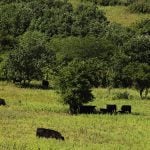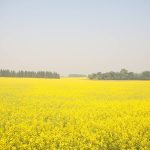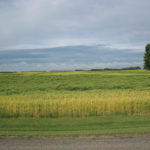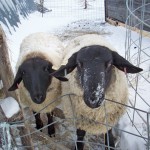
Tag Archives Copper deficiency

Beef cattle more prone to trace mineral deficiencies
Animal Health: A recent study showed connections between some trace mineral deficiencies and disease

Micronutrient applications compared in canola
Saskatchewan study aims to shed light on claims and concepts surrounding lesser-known crop nutrients

Ergot-free rye production
Practical Research: Growing it in soils with adequate levels of available copper is one way to go

Let’s close the circuit on what leads to ergot
Practical Research: The solution to the problem for wheat, barley and oat growers is very well documented

Peatland farming, the Prairies’ best-kept secret
Practical Research: Improving these lands' copper fertility could potentially pay significant dividends

How a worldwide destructive cereal disease problem was solved in Alberta
In the story of ergot in wheat, barley and oats, the answer was simply 'copper'

Identifying copper deficiency in wheat
Ieuan Evans looks at 2019 growing conditions, including areas where copper levels are low

Don’t blame ergot on the weather
Copper deficiency leads to the development of many diseases in cereal crops

Copper critical for pre-calving cows
It doesn’t take much to correct a deficiency so watch for symptoms

The fine balance of managing copper
Sheep and goats and cattle do not have the same copper needs


